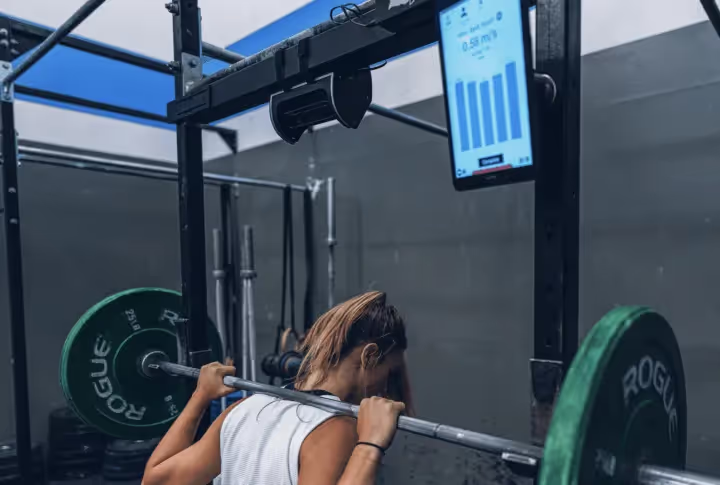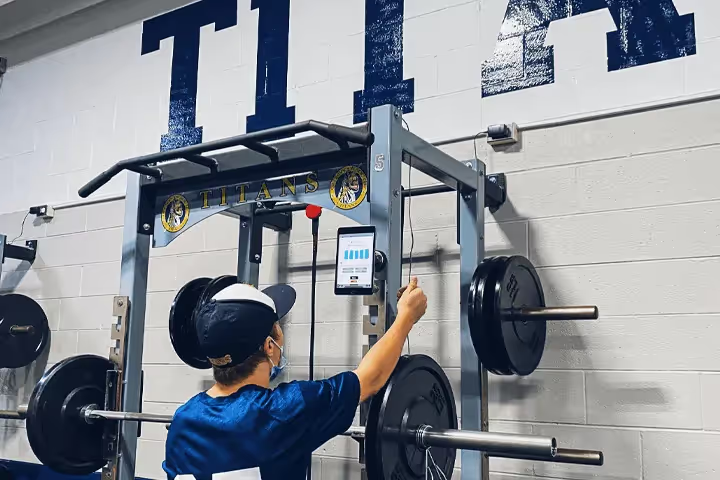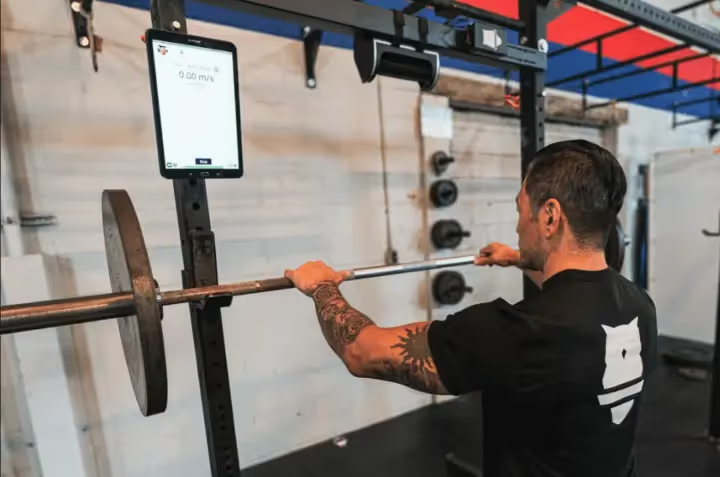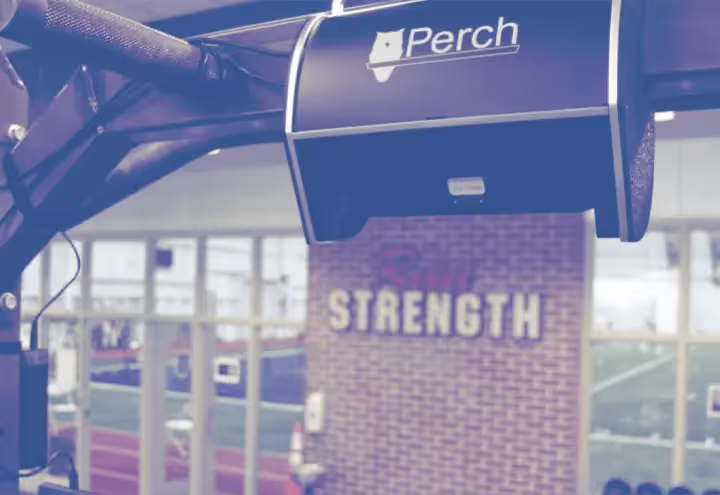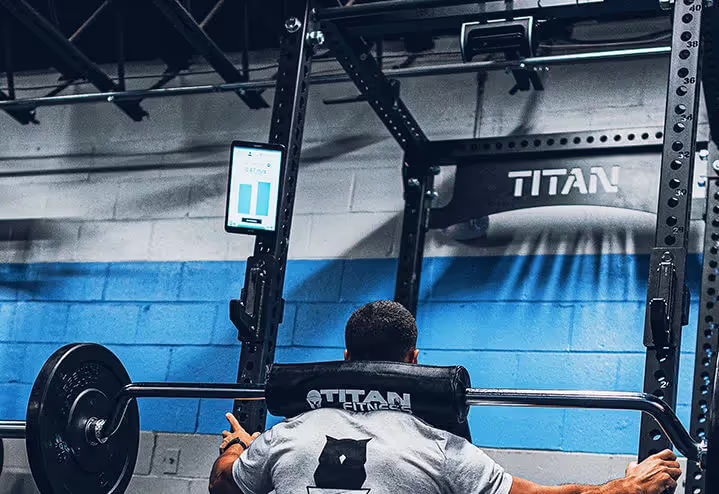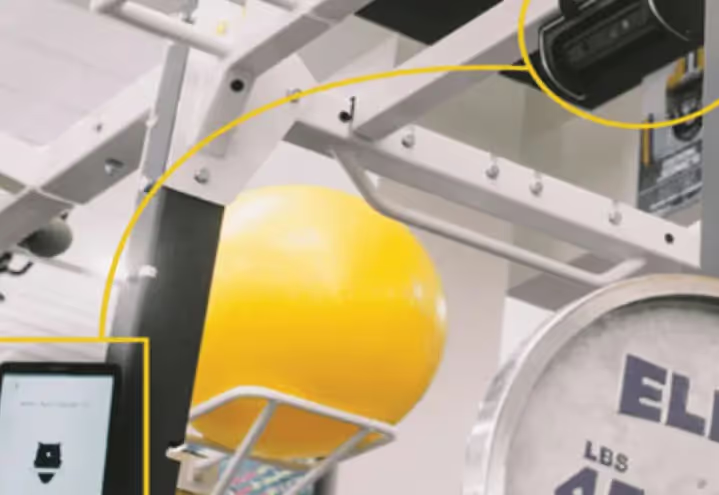5 Myths About Velocity-Based Training (VBT)

Introduction
Velocity-Based Training, or VBT, has become an increasingly popular method in strength and conditioning circles. By tracking the speed of a movement during training, coaches and athletes gain a powerful insight into performance readiness, fatigue, and optimal training intensity. Yet despite its growing use, many myths still surround VBT, often preventing programs from exploring its full potential. These myths range from concerns about complexity and cost to the misconception that VBT is only appropriate for elite athletes.
In this blog, we aim to debunk five of the most common myths about Velocity-Based Training. Whether you are a strength coach, sport coach, or athletic director, understanding the realities of VBT can help you bring more precision, safety, and performance to your program.
Myth 1: VBT is Only for Elite or Professional Athletes
One of the most persistent myths is that VBT is a tool reserved for elite-level athletes or professional sports organizations. The reality is that VBT is applicable at all levels of training, from high school programs to collegiate and amateur settings.
The fundamental principle behind VBT is universal. Movement velocity reflects an athlete's neuromuscular readiness and overall fatigue. Whether you are training a 14-year-old freshman or a Division I linebacker, these insights can guide smarter programming.
High school programs that use VBT often see more engaged athletes, better technique, and more individualized training. The same metrics that guide professional athletes can also serve developmental athletes by helping them understand how to move with intent and precision.
Furthermore, VBT scales to the level of the athlete. You do not need to chase elite bar speeds or chase numbers. You only need to compare an athlete to their own benchmarks, making VBT inherently accessible and adaptable.
Myth 2: VBT Requires Complicated Technology and Data Analysis
VBT does involve technology, but that does not mean it has to be complicated. Modern systems like Perch use camera-based sensors that require no wearables or wires. They install directly onto weight racks and automatically track movement velocity.
Instead of overwhelming coaches with data, these systems display live feedback on a tablet or monitor in easy-to-read formats. Coaches and athletes can instantly see if a movement is within the target velocity range. This level of automation removes the guesswork and simplifies the decision-making process.
In fact, the simplicity of VBT is one of its greatest strengths. There is no need to spend hours analyzing spreadsheets. The data is presented live during training sessions, making it actionable and intuitive.
For coaches concerned about data management, most platforms also offer cloud-based dashboards that store and organize information over time. This allows you to track progress, identify trends, and make programming decisions with confidence.
Myth 3: VBT Slows Down Workouts and Is Disruptive
Another misconception is that integrating VBT into a session disrupts the natural flow of training. In reality, VBT enhances efficiency and streamlines workouts.
Traditional training often relies on fixed percentages of one rep max or preplanned numbers that may not reflect the athlete’s state on any given day. This approach can lead to under training or overtraining.
With VBT, adjustments happen in real time. If an athlete’s velocity is slower than the prescribed zone, the coach can reduce the load or provide extra rest. If the athlete is moving quickly, the session can be pushed further for maximum performance. This ensures that every rep counts and that each athlete is training within the most effective intensity range.
Once VBT becomes a normal part of the training environment, it becomes second nature. Athletes quickly learn to adjust their own loads and become more invested in the process. Rather than adding complexity, VBT simplifies the decision-making needed during workouts.
Myth 4: VBT is Just About Speed and Has No Impact on Strength or Power Development
At first glance, the term velocity might seem to suggest a focus only on speed. Some believe that VBT is best suited for speed or power athletes and that it is less useful for those focused on strength development.
This is not the case. VBT is used to train all points on the force velocity curve. You can use it to train maximum strength, explosive strength, speed strength, and ballistic power. By manipulating bar velocity zones, coaches can target specific adaptations with precision.
For example, if an athlete is training for absolute strength, they might work in a velocity zone of 0.3 to 0.5 meters per second. If the goal is power, the target zone could shift to 0.7 to 1.0 meters per second. This makes VBT more versatile than percentage-based systems, which do not account for day-to-day variability in performance.
By consistently tracking velocity, athletes and coaches can also monitor changes in power output and rate of force development. This leads to a more comprehensive approach to strength training, where athletes become more explosive, resilient, and prepared for sport.
Myth 5: VBT is Too Expensive for Most Programs
Cost is often cited as a barrier to adopting new technology. While it is true that any tech investment requires budgeting, VBT has become increasingly affordable and scalable.
Systems like Perch are designed with high school and college programs in mind. They do not require athletes to wear devices, and they integrate easily into existing equipment. This reduces both upfront and long-term costs.
More importantly, the return on investment is substantial. Programs that use VBT report fewer injuries, better training intent, and improved athlete outcomes. When you factor in the cost of injuries, missed games, or stagnating progress, investing in VBT pays off both in performance and athlete well-being.
Some schools have also integrated VBT into STEM initiatives or used it to support grant applications. Because VBT aligns with educational goals related to data literacy, biomechanics, and sports science, it can be funded through interdisciplinary resources.
Conclusion
Velocity-Based Training is not a trend or a luxury tool for the elite. It is a practical, effective, and accessible method for making strength training more personalized, safe, and efficient. By debunking these common myths, we hope to empower more programs to explore VBT and see firsthand how it can elevate training outcomes.
Whether you are coaching high school athletes or managing a collegiate program, VBT gives you the data you need to train smarter. And with solutions like Perch, implementing VBT has never been easier. Say goodbye to outdated training prescriptions and hello to a future built on precision, feedback, and athlete development.
Ready to bring real-time velocity training into your program? Learn more about how Perch can transform your weight room.
Sources
- Mann, J. B., & Haff, G. G. (2016). Applied Strength and Conditioning Techniques. Human Kinetics.
- Weakley, J. J., & Wilson, K. (2019). The Application of Velocity-Based Training: A Review. Strength and Conditioning Journal.
- Banyard, H. G., Nosaka, K., Haff, G. G. (2017). Reliability and Validity of the Load Velocity Relationship to Predict 1RM. Journal of Strength and Conditioning Research.
- Orange, S. T., Metcalfe, J. W., Robinson, A., Applegarth, M. J., Liefeith, A. (2018). Effects of In-Season Velocity-Based Training on Strength and Power in Professional Rugby Players. Journal of Strength and Conditioning Research.

Start Gathering Data With Perch Today!
Reach out to us to speak with a representative and get started using Perch in your facility.

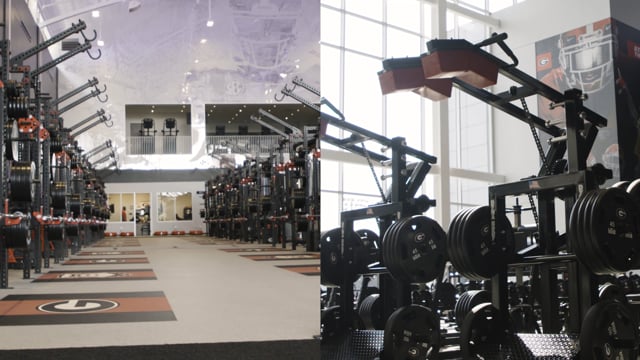
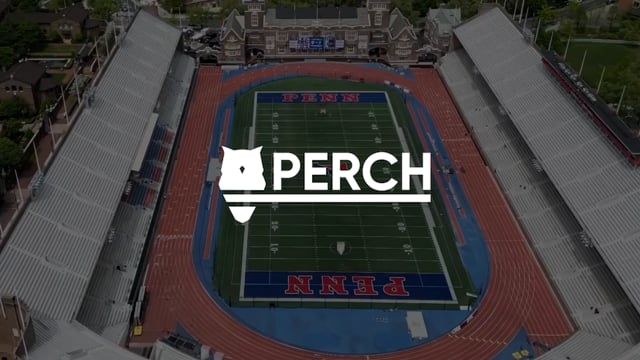

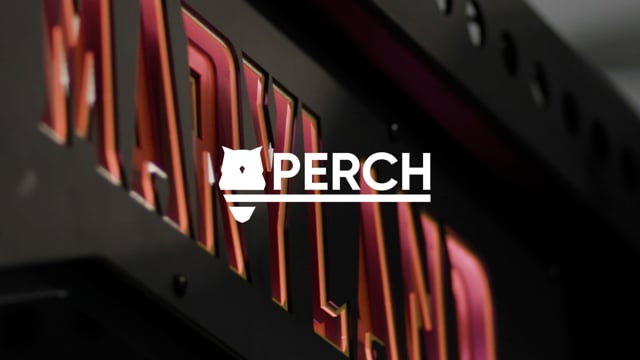

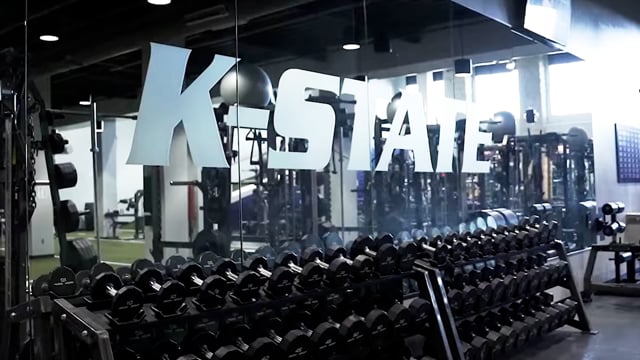


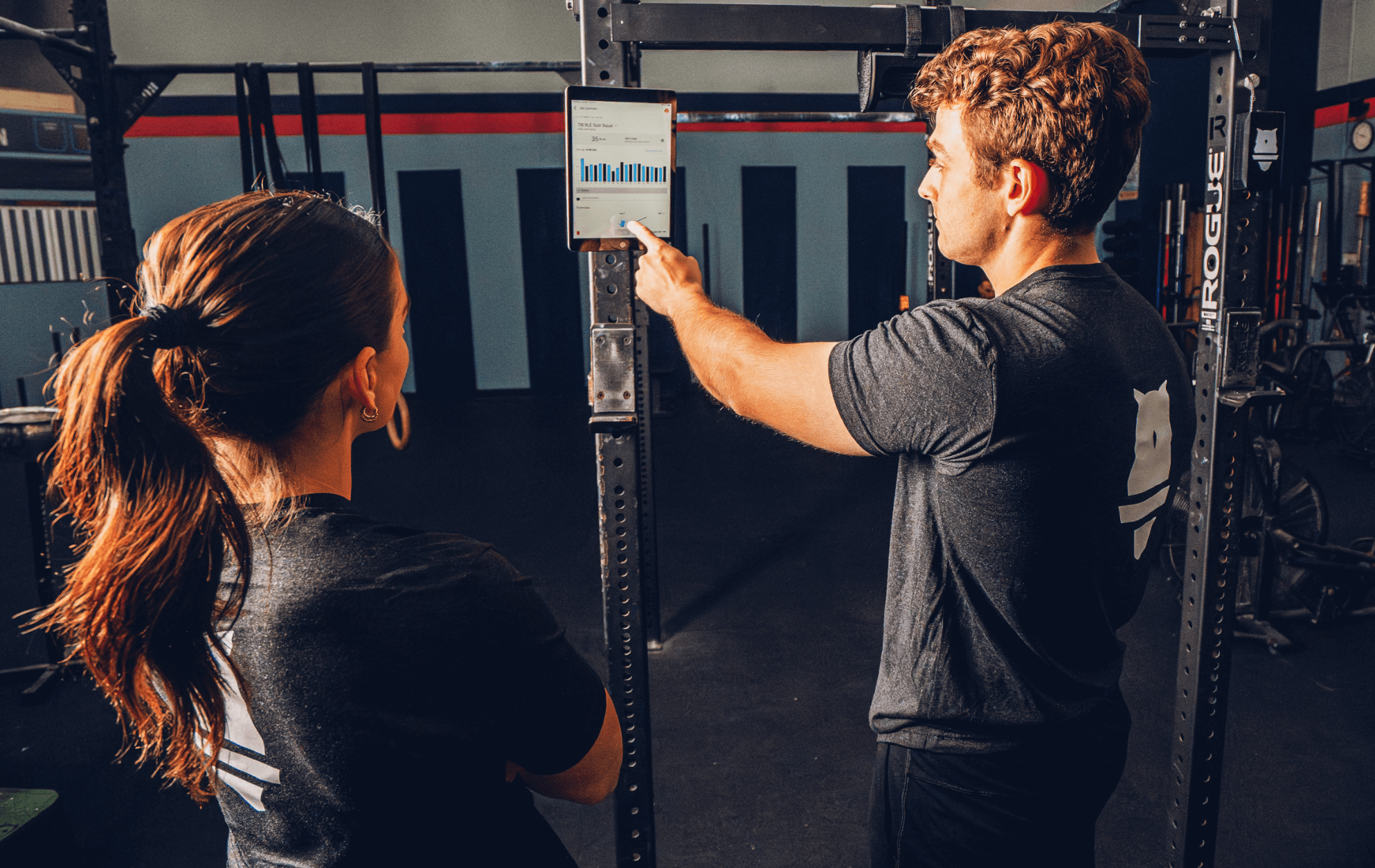
























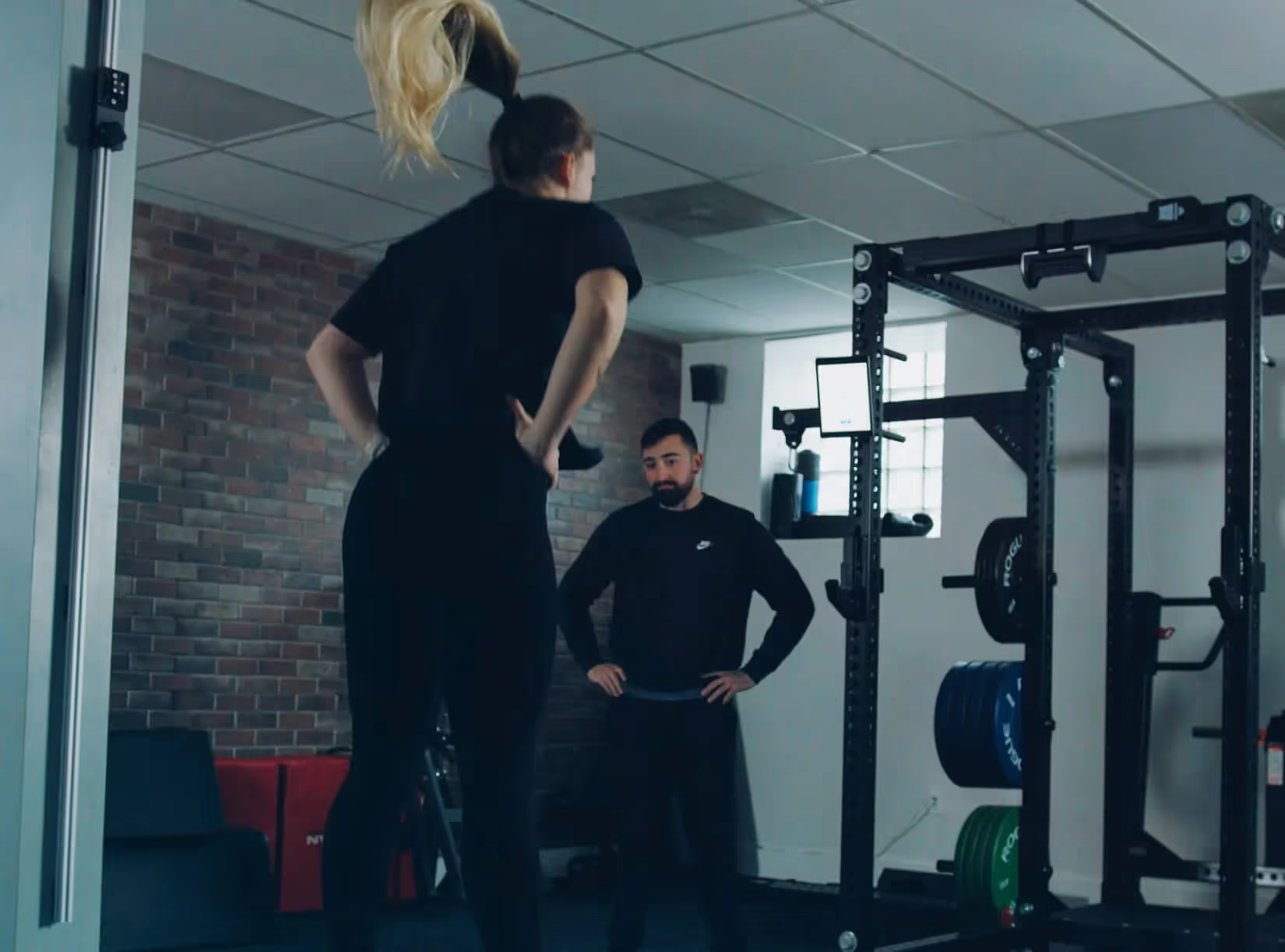






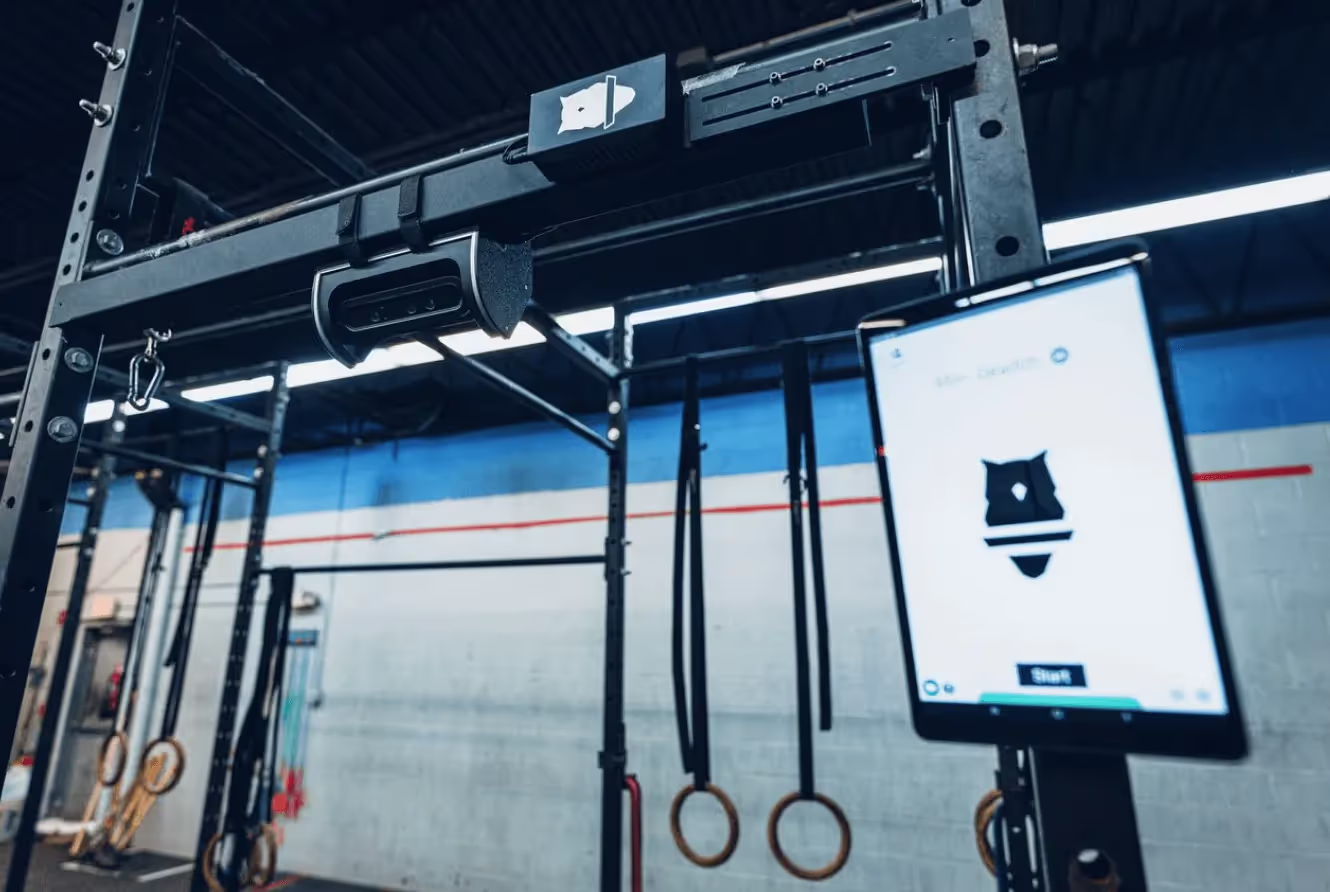
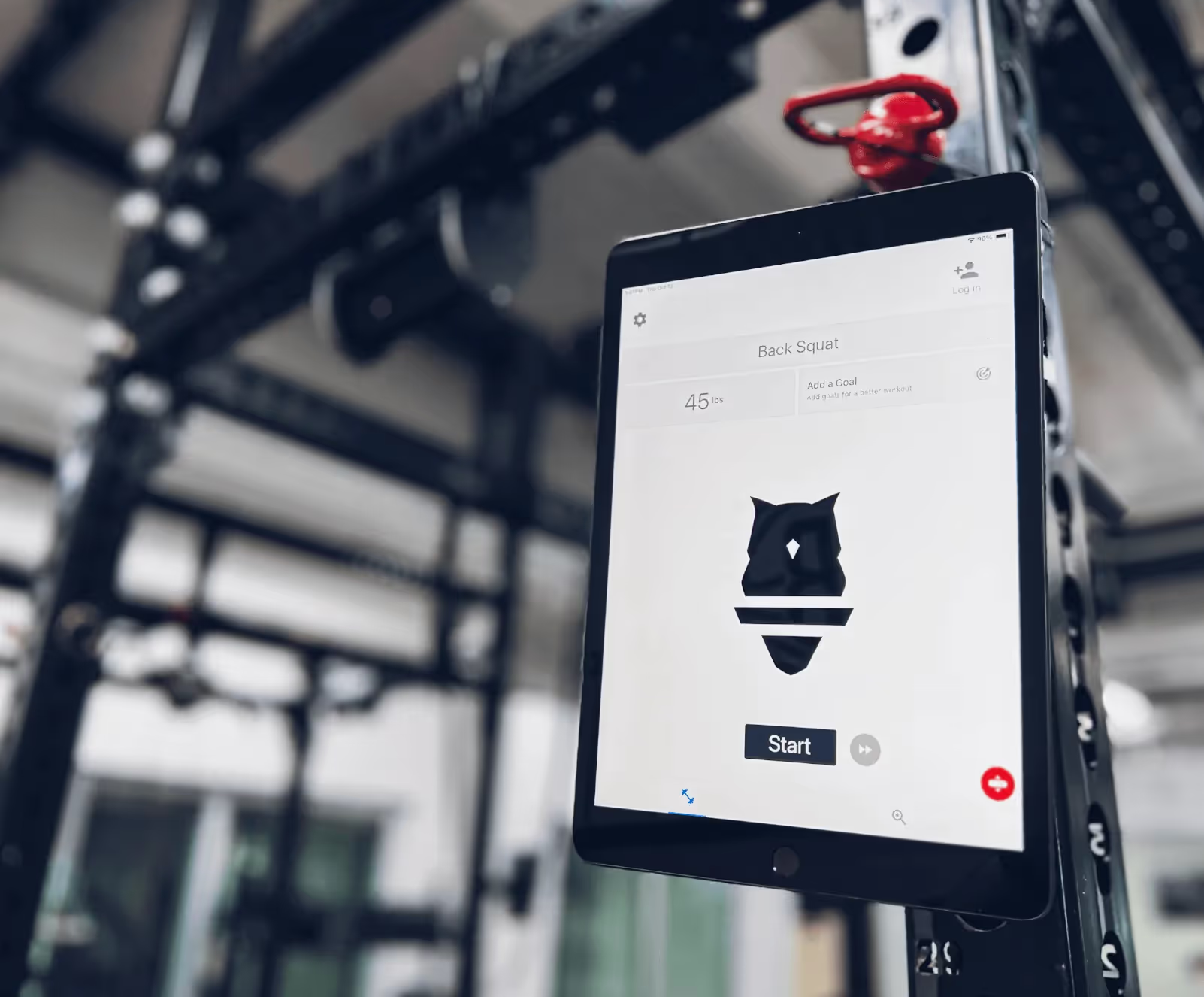



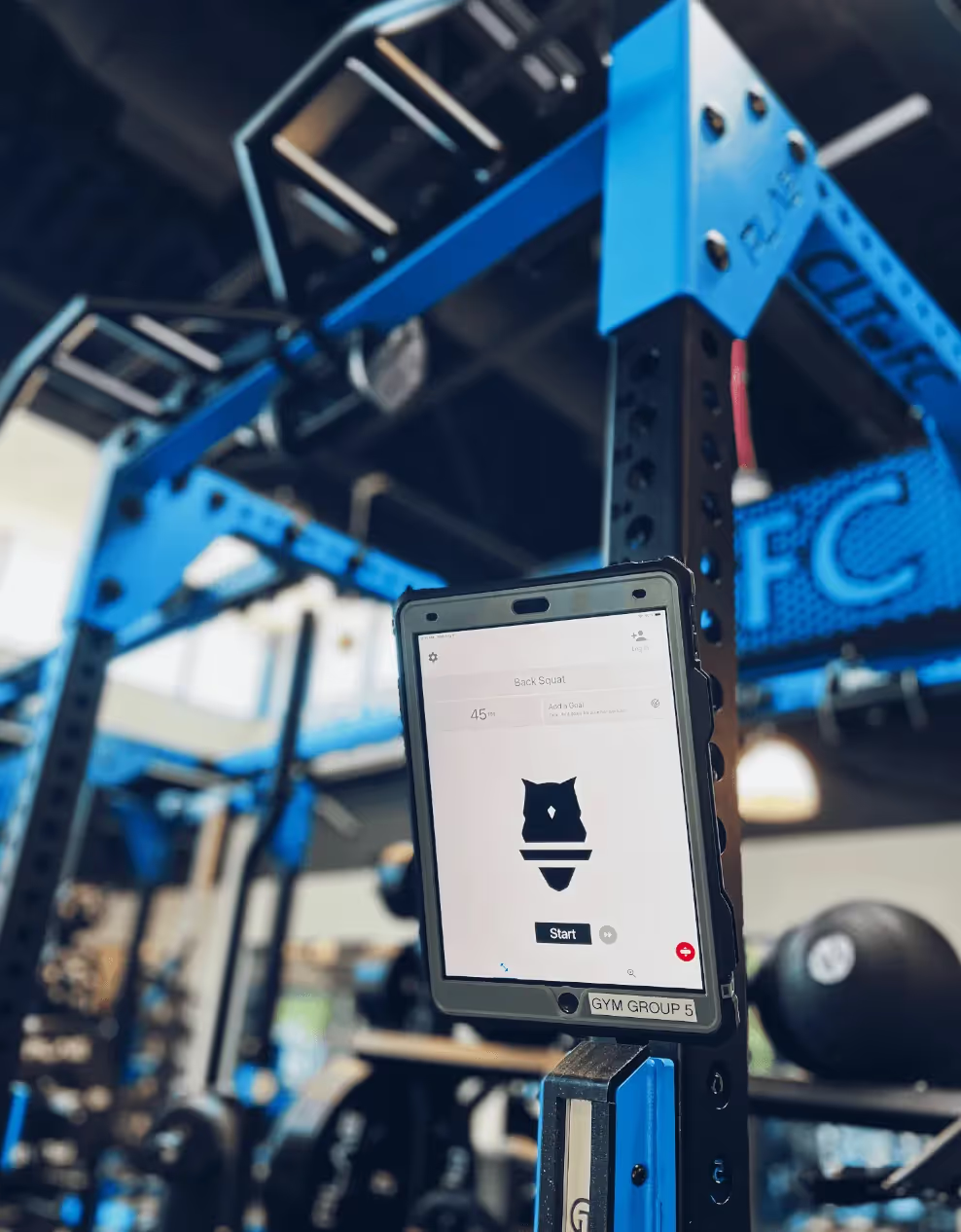







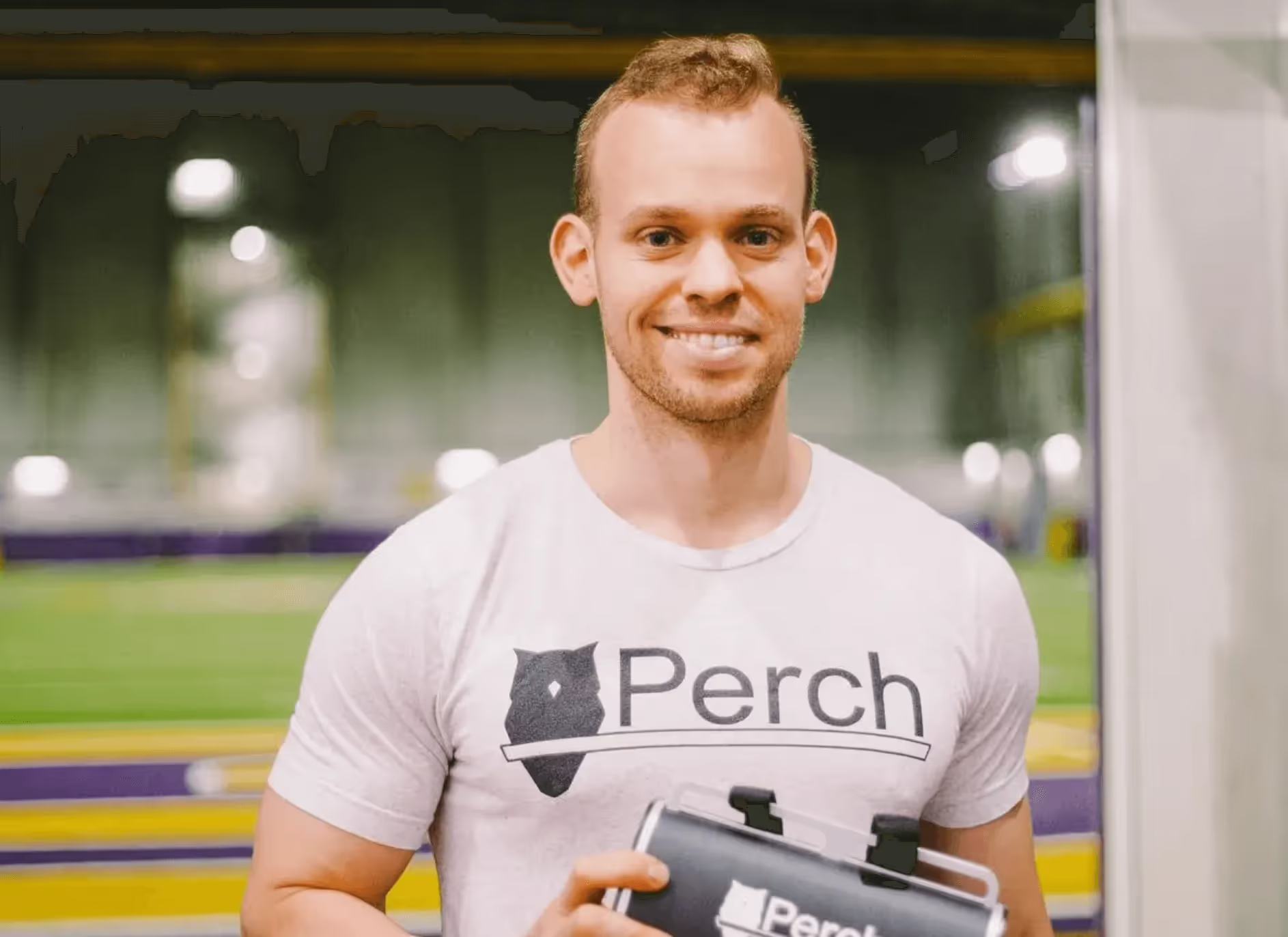


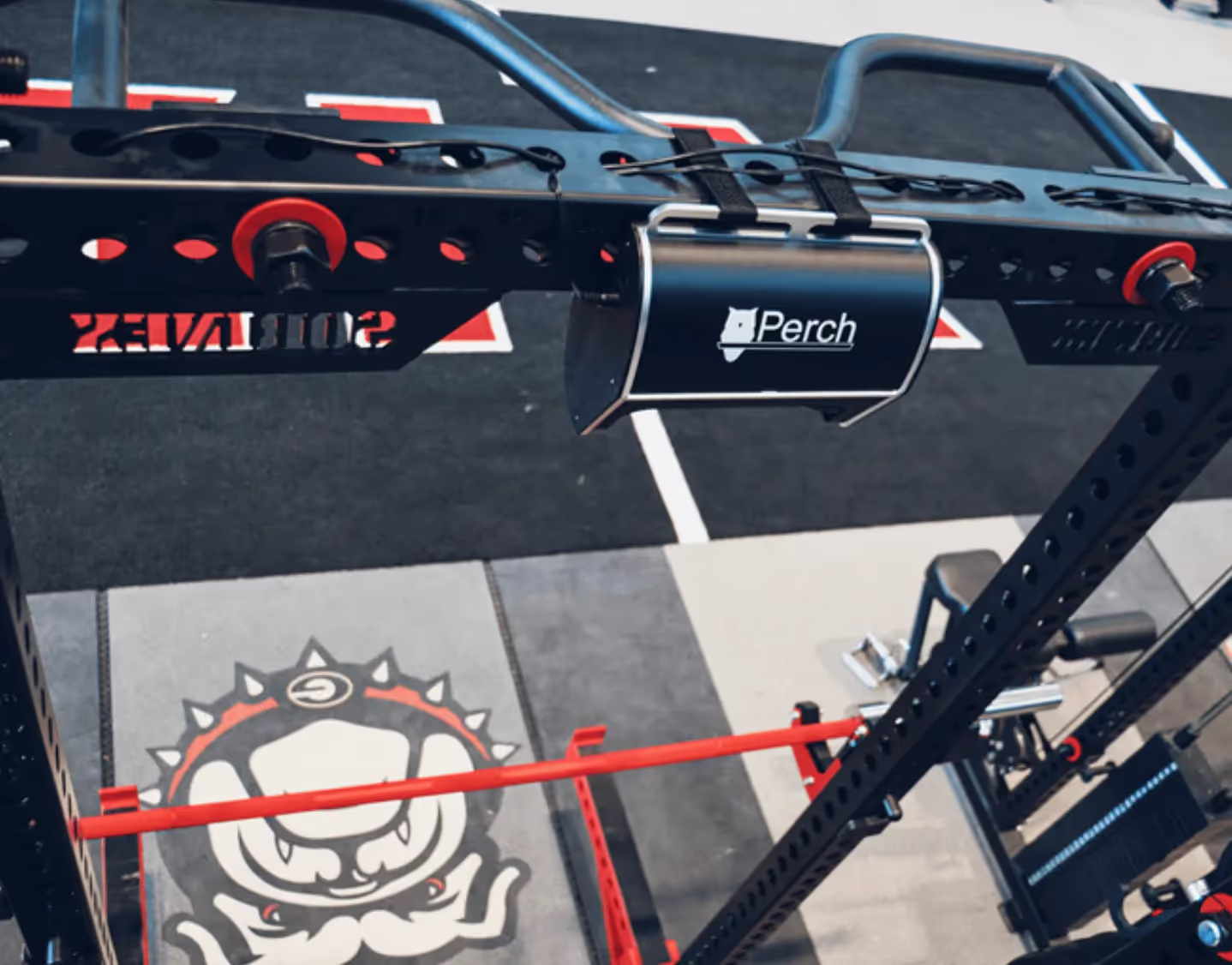


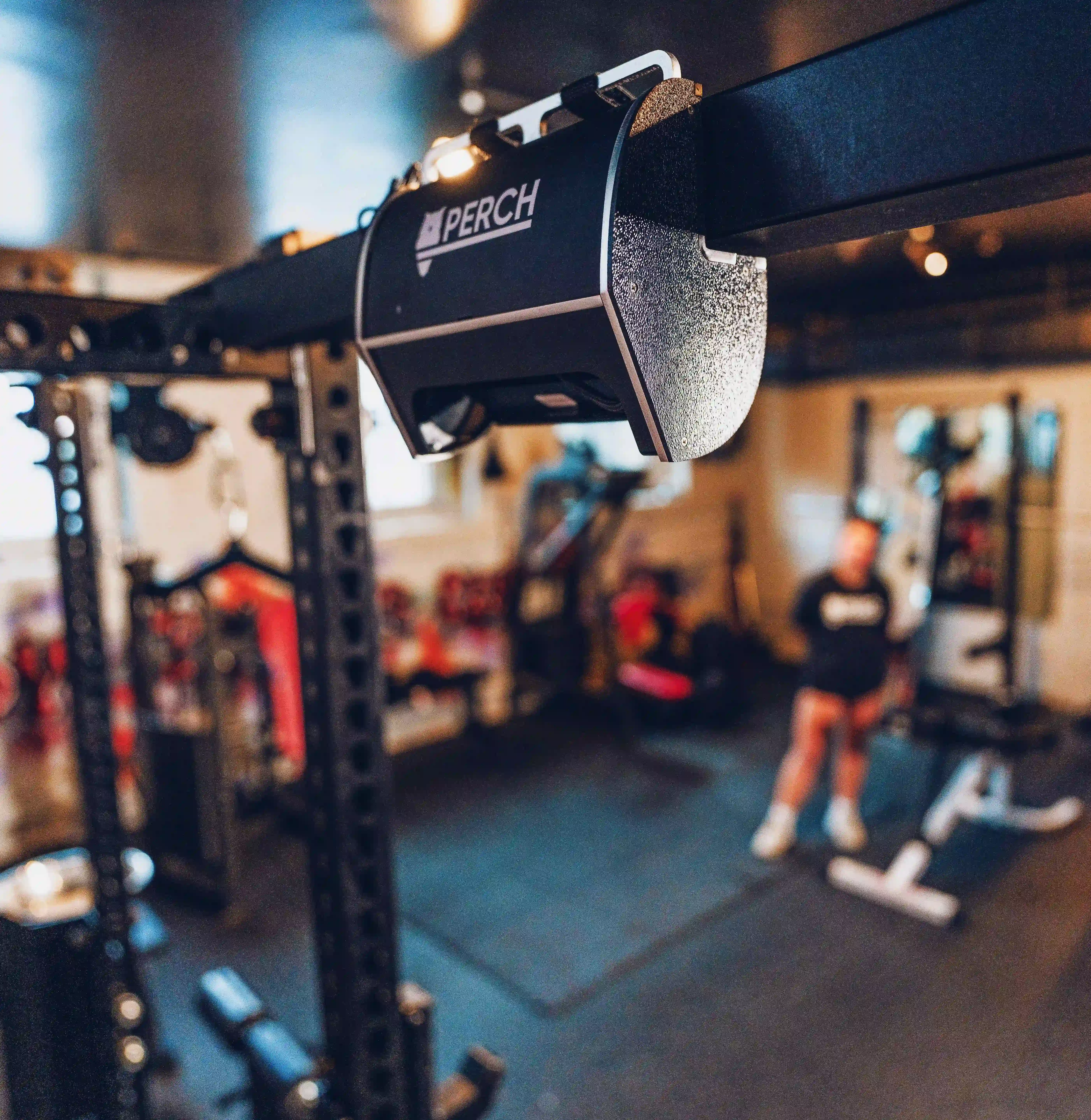


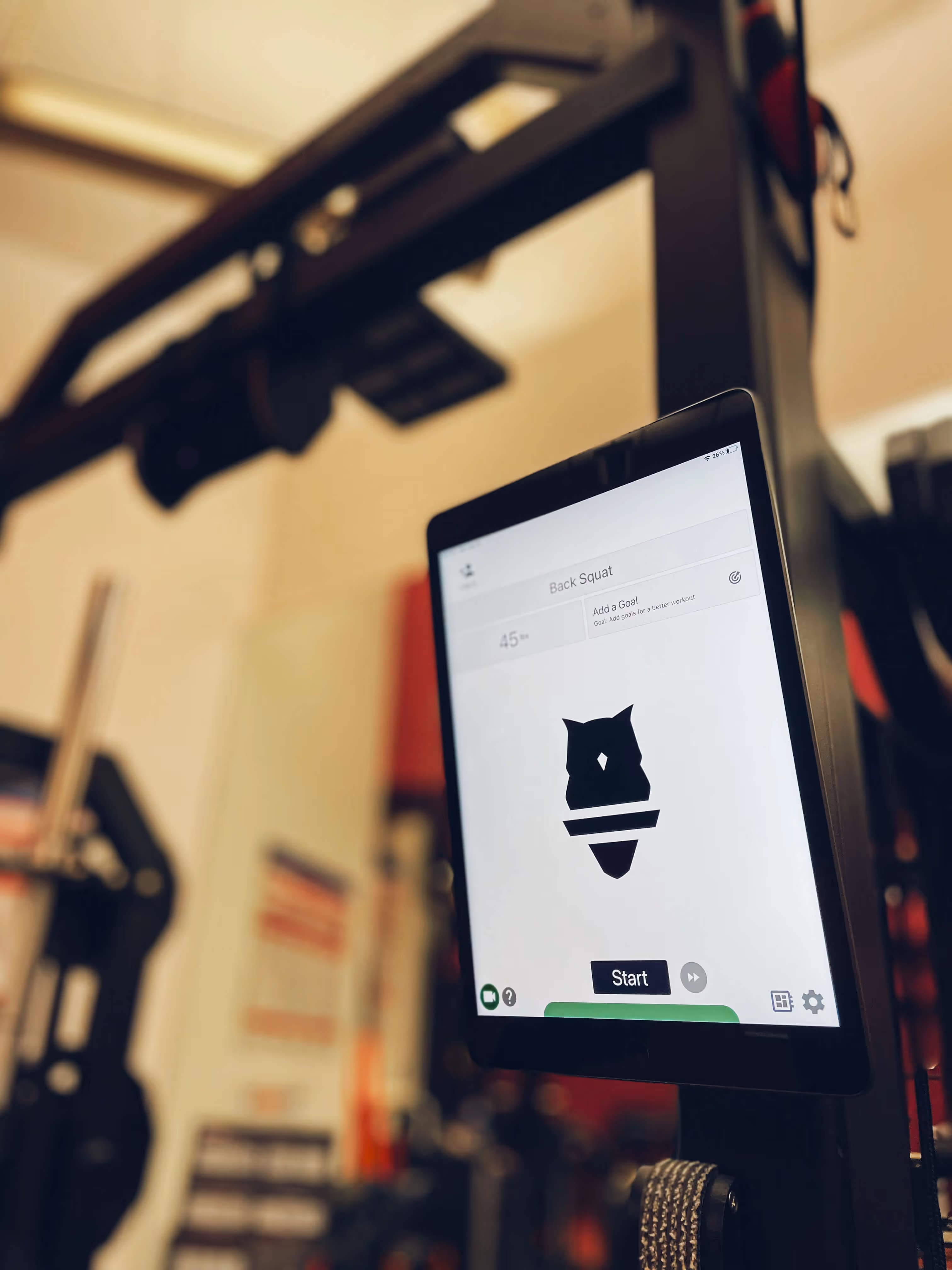

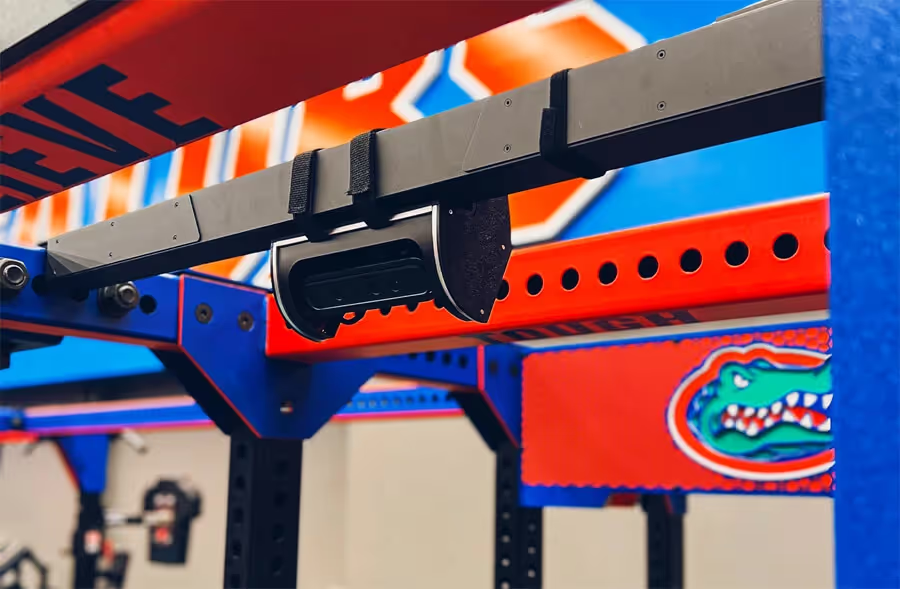
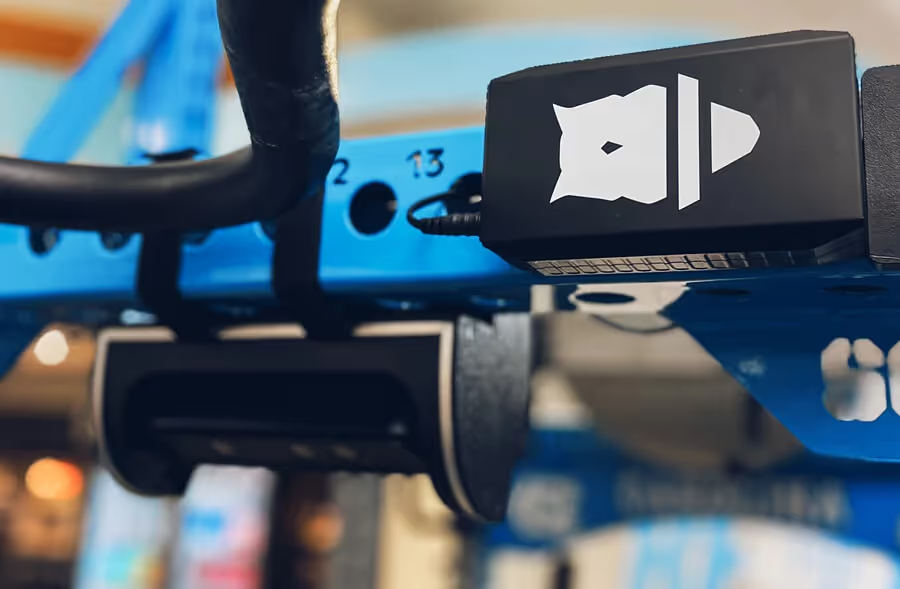

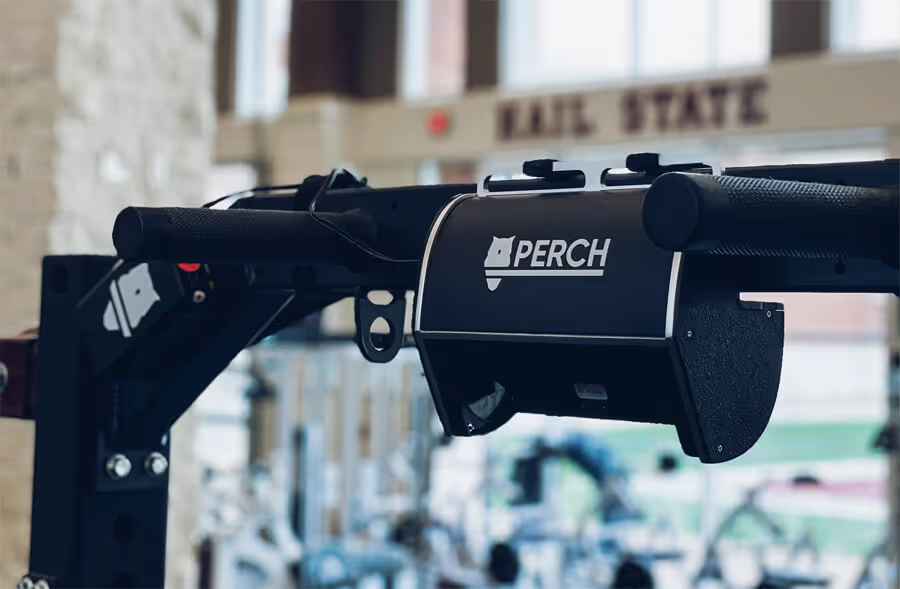



.avif)

